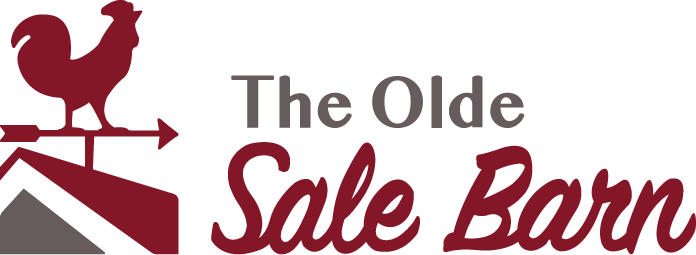A Guide to Shed Storage Dont’s and Do’s
What happens when you run out of room for your collections? Nesting dolls, fish skulls, silver spoons–can you build a shed and put them in there? Sheds hold a lot. But unless you plan to keep your shed climate-controlled at all times, some items won’t fare well in an unheated and uncooled storage shed.
In this blog post, you’ll find a list of items you should not store in your shed, items you can sometimes get away with storing, and finally, items you can store worry-free.
DON’T
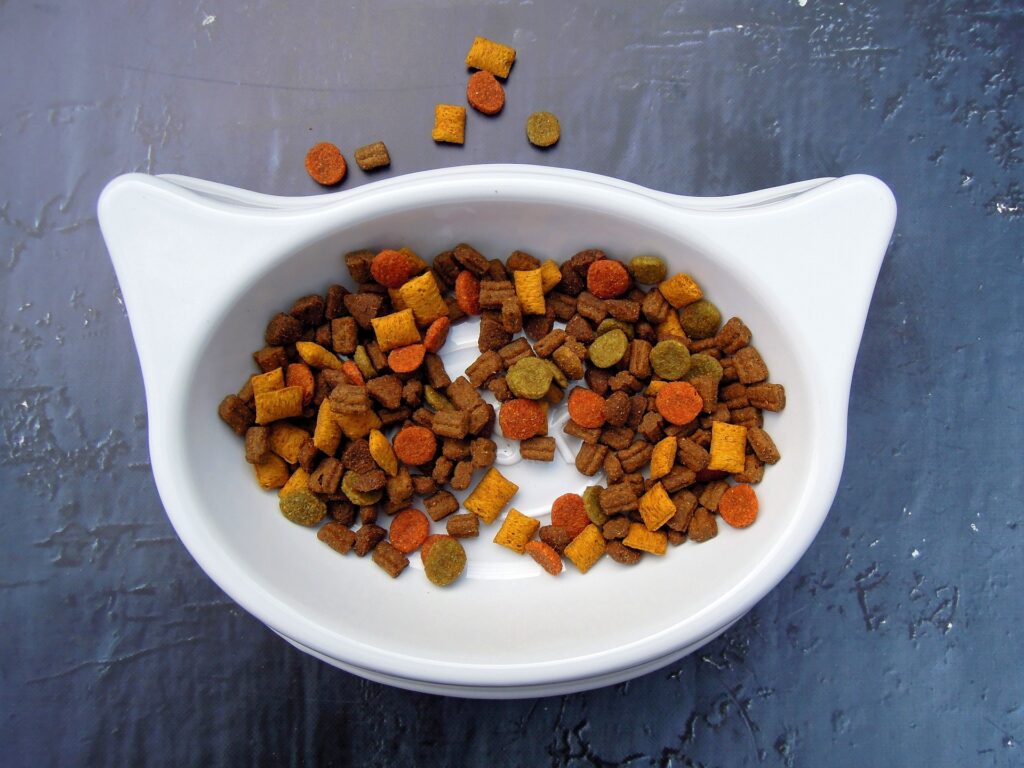
The biggest roadblocks to effective storage are moisture, pests (like rodents and vermin), and temperature fluctuations and extremes.
1. Pet food
While pet food might sound like the perfect thing to store in your shed, the truth is that dogs and cats aren’t the only animals who crave pet food. Storing pet food in your shed can attract raccoons, opossums, mice, and other rodents. You’ll be better off shelving your pet food and birdseed indoors.
2. Canned goods
What about the array of artisan canned goods that you so deftly canned this summer? Extreme temperatures will affect the quality of the food. Temperatures above 70 degrees will shrink the shelf life of canned goods. At 95 degrees, food starts to degrade. Metal cans may also be compromised if they freeze. The cans could swell, leading to broken seals and spoiled food.
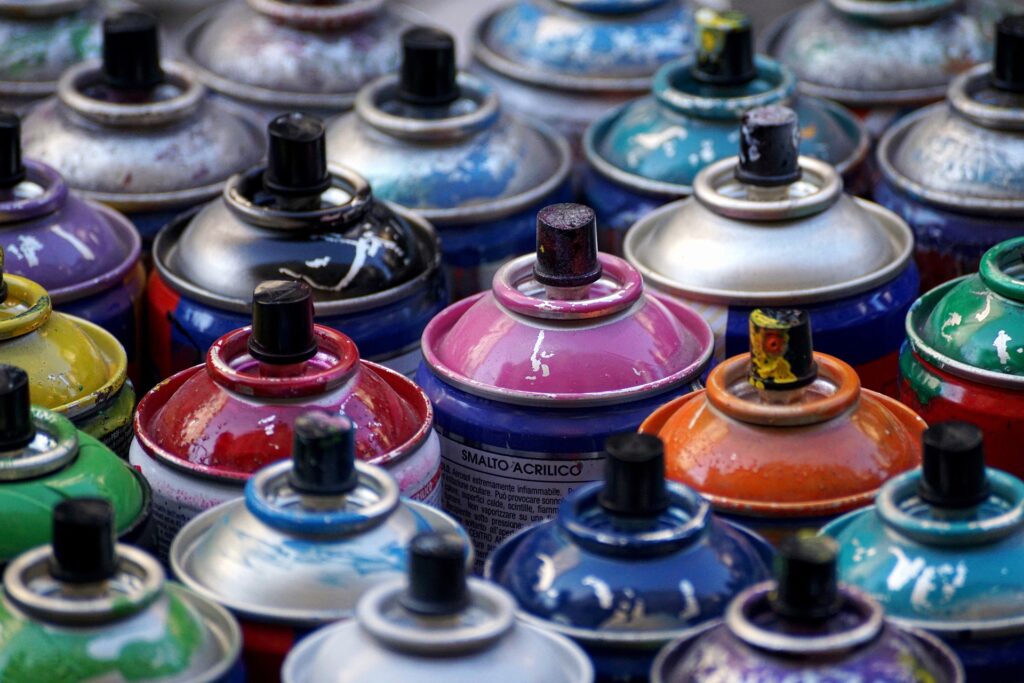
3. Paints and glues
Unfortunately, paints and glues stick onto the don’t list. Paint and glue need to stay in a dry, cool place where they won’t be subject to fluctuating temperatures and humidity. Frozen paint and glue can separate and become unusable.
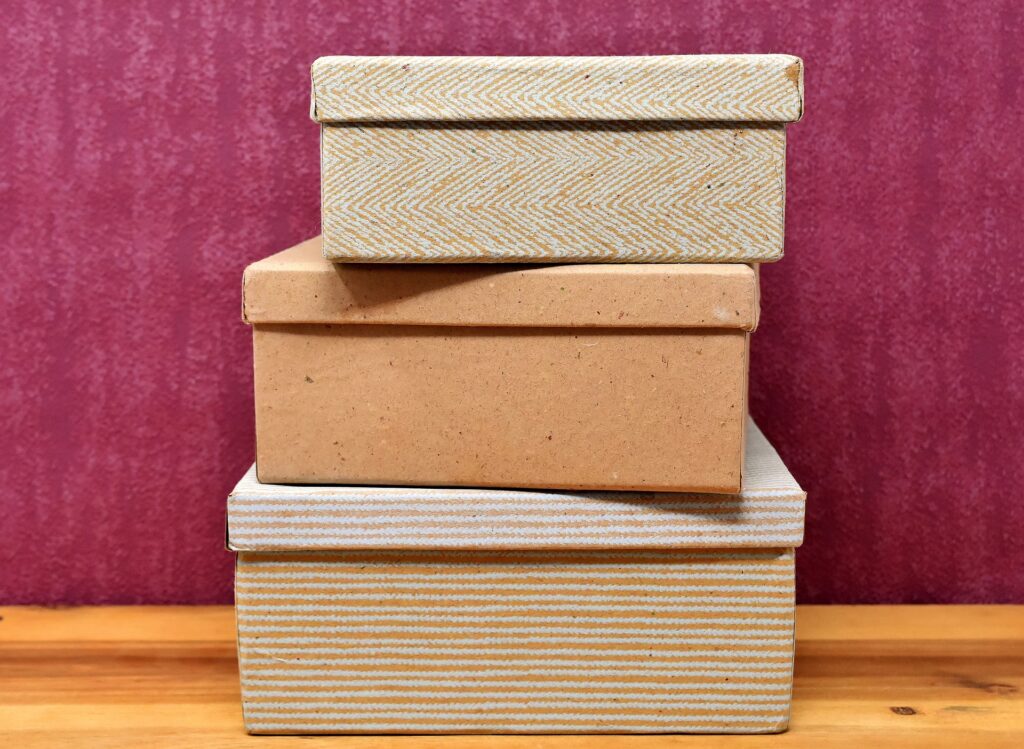
4. Cardboard boxes
You can store a lot of things in a shed; just don’t use cardboard boxes to store them. Insects, mold, moths, and moisture damage will attack more easily when using cardboard boxes. Protect your treasures by placing them in air-tight, plastic containers.
5. Paper supplies
Maybe you have a patio and fireplace right by your backyard shed. Storing your paper supplies in there would be such a breeze. However, just like cardboard boxes, your paper supplies can become the feasting grounds of your shed’s insect and roach metropolis.
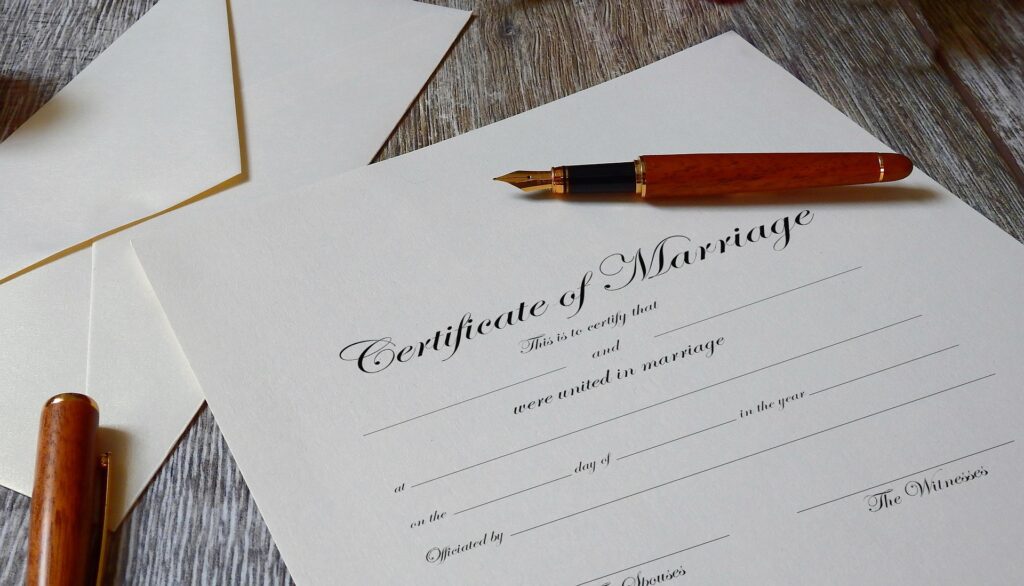
6. Important documents
You should never store important documents like passports, birth certificates, marriage licenses, or social security cards in your sheds. In addition to the risks of moisture damage or insect invasion, your documents could be stolen.
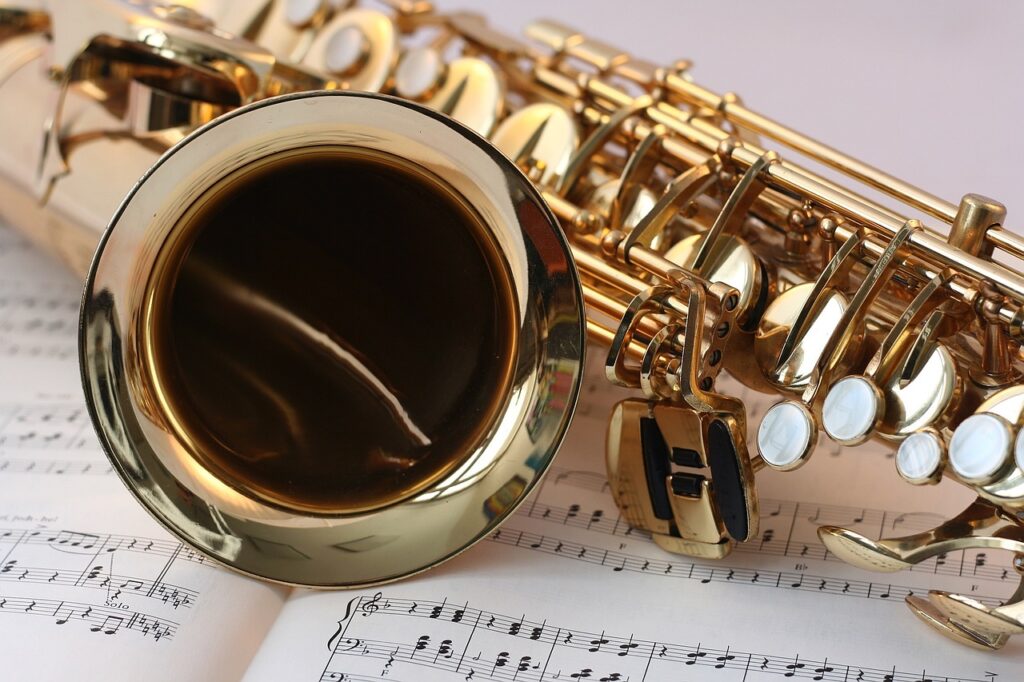
7. Musical instruments
If you own a musical instrument, you likely know this already: Musical instruments are extremely sensitive to temperature fluctuations and moisture. They are the last belongings you’d want to store in your shed. Brass instruments like trumpets or trombones may corrode. Humidity can ruin guitars and pianos. Always keep your instruments safe in a climate-controlled space.
8. Electronics
You guessed it. Moisture can rust or corrode the intricate insides of an electronic device. High temperatures and direct sunlight can also damage your devices. If you want to extend the life of your electronics, keep them out of the shed.
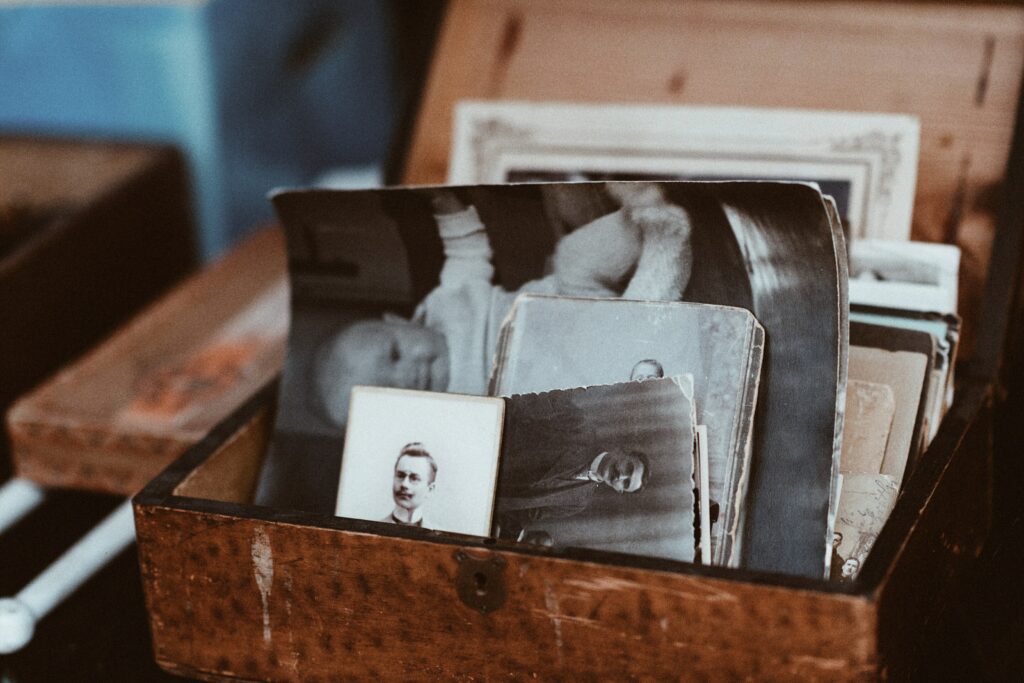
9. Artwork
Artwork? Nope, definitely not. Artwork is very sensitive. Temperature fluctuation in a shed can cause your artwork to warp. In a moist environment, mold can grow, and paint can deteriorate, causing flaking and cracking. Eugene from Plasticine House recommends storing all artwork in diameter tubes in a room with 50% humidity and 70-75 degrees in temperature.
10. Photographs
Your prized photos will last the longest in a dry place. Moisture and high temperatures will cause them to ripple and stick together. Direct sunlight will also cause your pictures to fade.
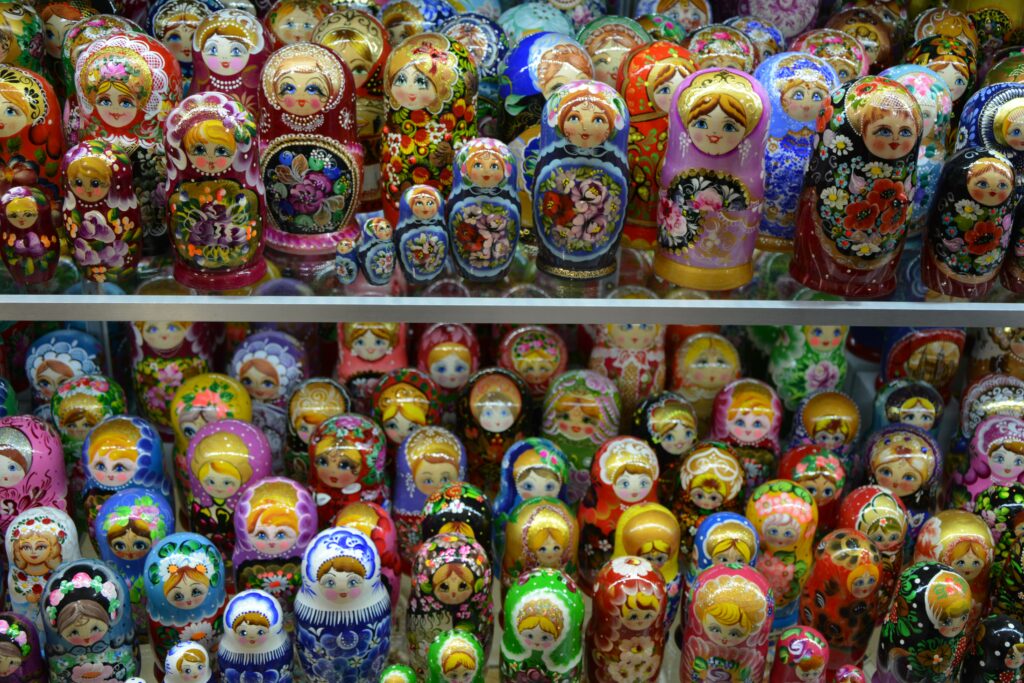
11. Collectibles
What about those collections we mentioned at the beginning? Silver spoons and Matryoshka dolls and fish skulls? Since we don’t recommend storing anything that will be sensitive to moisture in a shed, your collections will fare best in your house. Showcase them in a glass cabinet with recessed lighting for a spectacular wow statement.
SOMETIMES
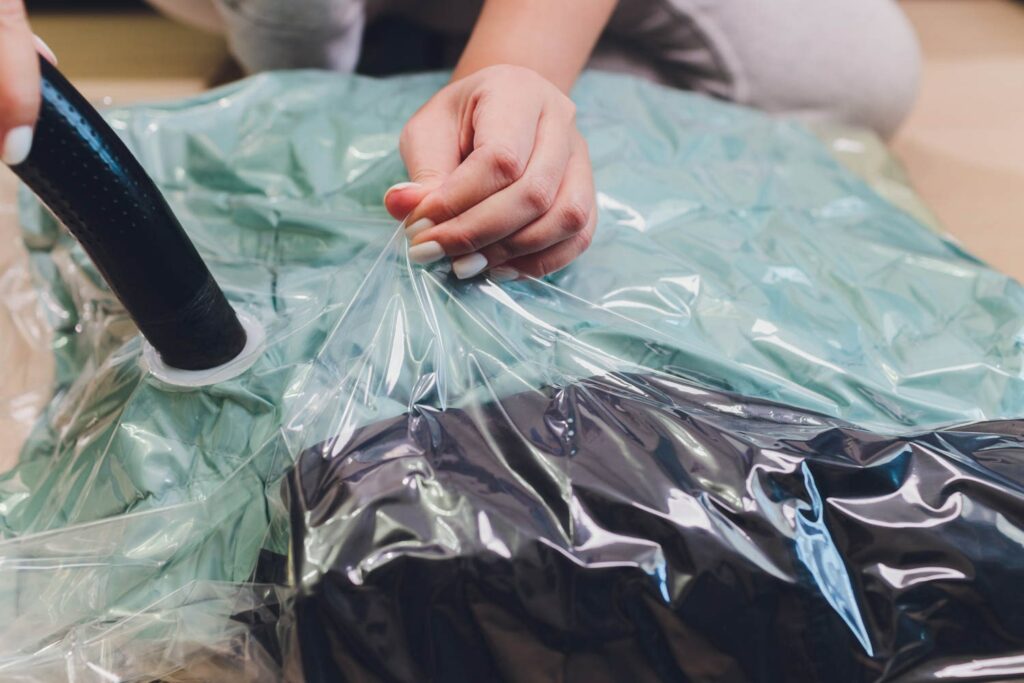
1. Clothes
Some experts will advise you never to store clothes in storage sheds. Clothes will deteriorate when exposed to any moisture. This includes most fabrics like leather, cotton, and polyester. Moths can sneak in and lay eggs in your fabric folds. If your shed is your only option, store all clothes in an airtight container after thoroughly cleaning and drying them first.
2. Furniture
If your shed is very moist, wooden furniture can warp over time. If you decide to store furniture, clean it thoroughly and wrap it in plastic or cover it with blankets and tarps. For more tips on storing furniture, mattresses, and other household items in your shed, read How to Store Clothing & Bedroom Furniture in Your Shed.
DO
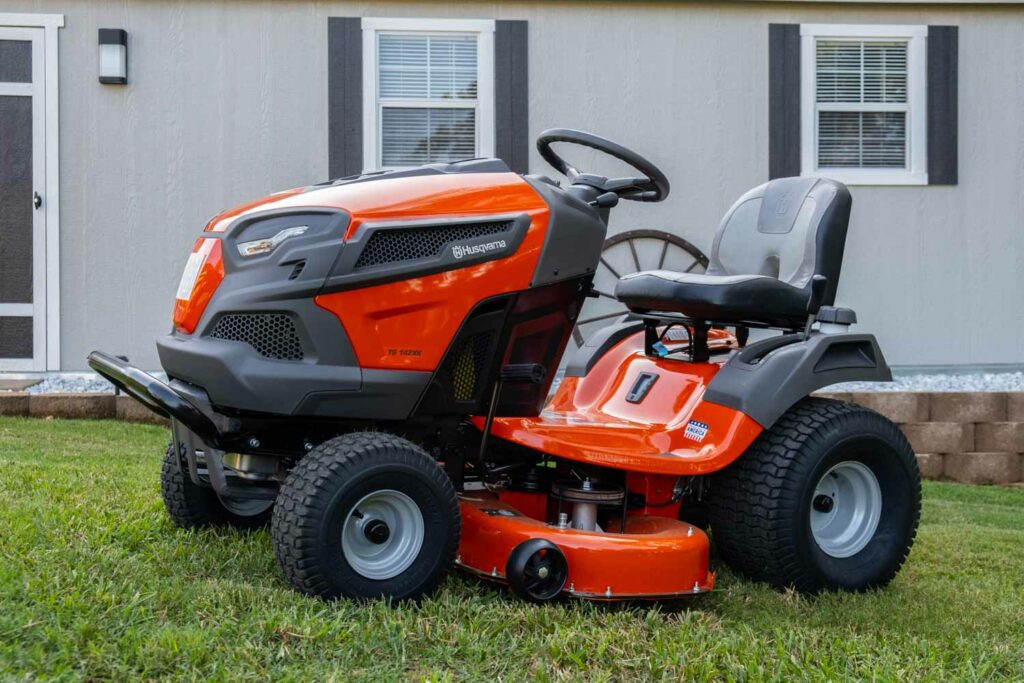
1. Lawn and garden equipment
Rakes, hoes, buckets, chainsaws, bush trimmers, weed eaters, leaf and snow blowers, lawnmowers, wheelbarrows, and more. Your shed is the perfect shelter for these handy helpers.
2. Tools
Store your hand tools and power tools in your garden shed. They will be fine there! If you’re concerned about rust, there are rust prevention sprays to coat your tools. Linseed oil can protect your wooden tool handles during winter freezes.
During the coldest parts of the year, it’s wise to bring your power tools into a warmer place right before using them so their mechanisms can warm up. Since batteries are sensitive to extreme temperatures, storing your batteries in a temperature-controlled environment is important.
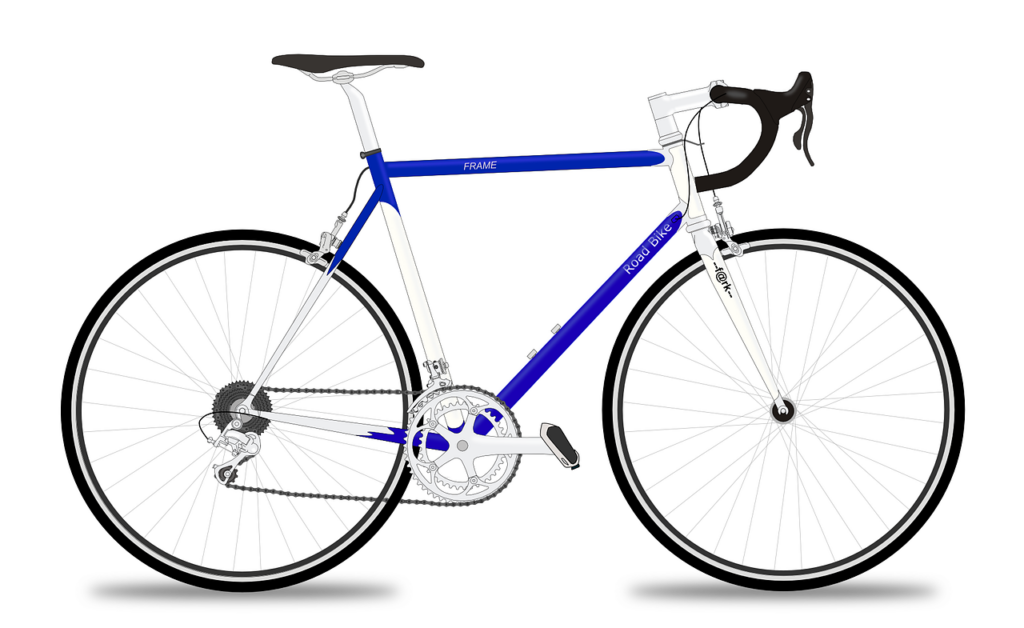
3. Bikes
If you’re planning to buy a shed and want to store your family’s bikes in there, make sure you get a shed large enough. Nothing is more frustrating than trying to wriggle a bike free from the chains and handlebars of the neighboring bike.
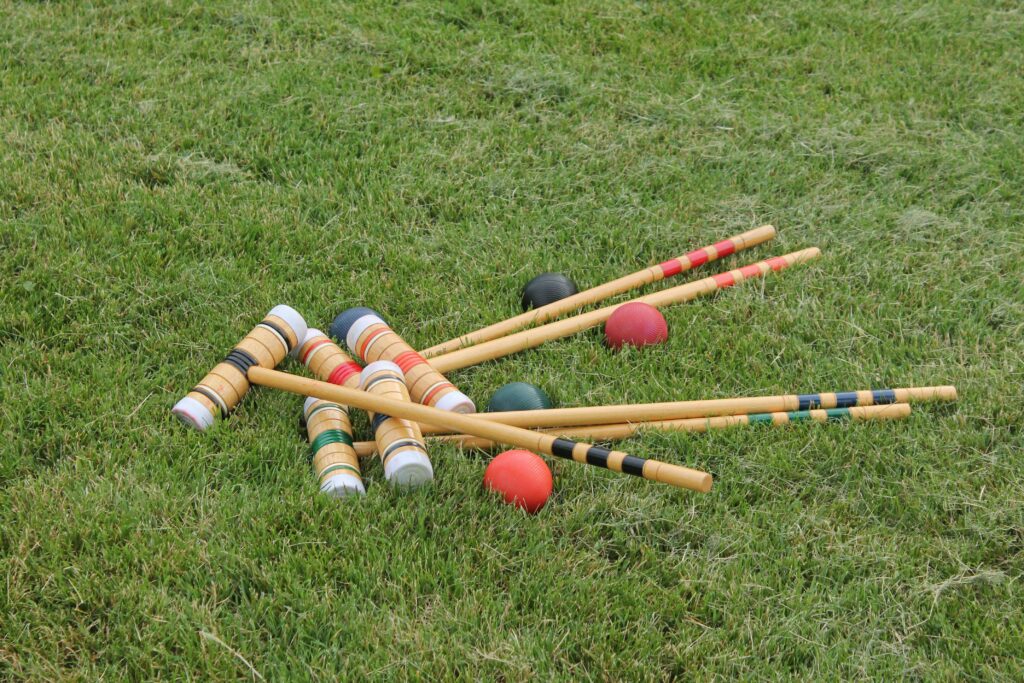
4. Sports Equipment
Tennis rackets, v-ball nets, snorkeling gear, you name it. All the stuff you love to play with also needs a place to stay.
Pool toys
Hose down innertubes, life jackets, noodles, and other pool supplies and dry them out in the sun before dragging them inside your shed to prevent sand, debris, and water from flying everywhere.
Recreational vehicles
Boats, ATVs, golf carts, antique cars–if you’ve got a mega shed, you can store items like these inside.
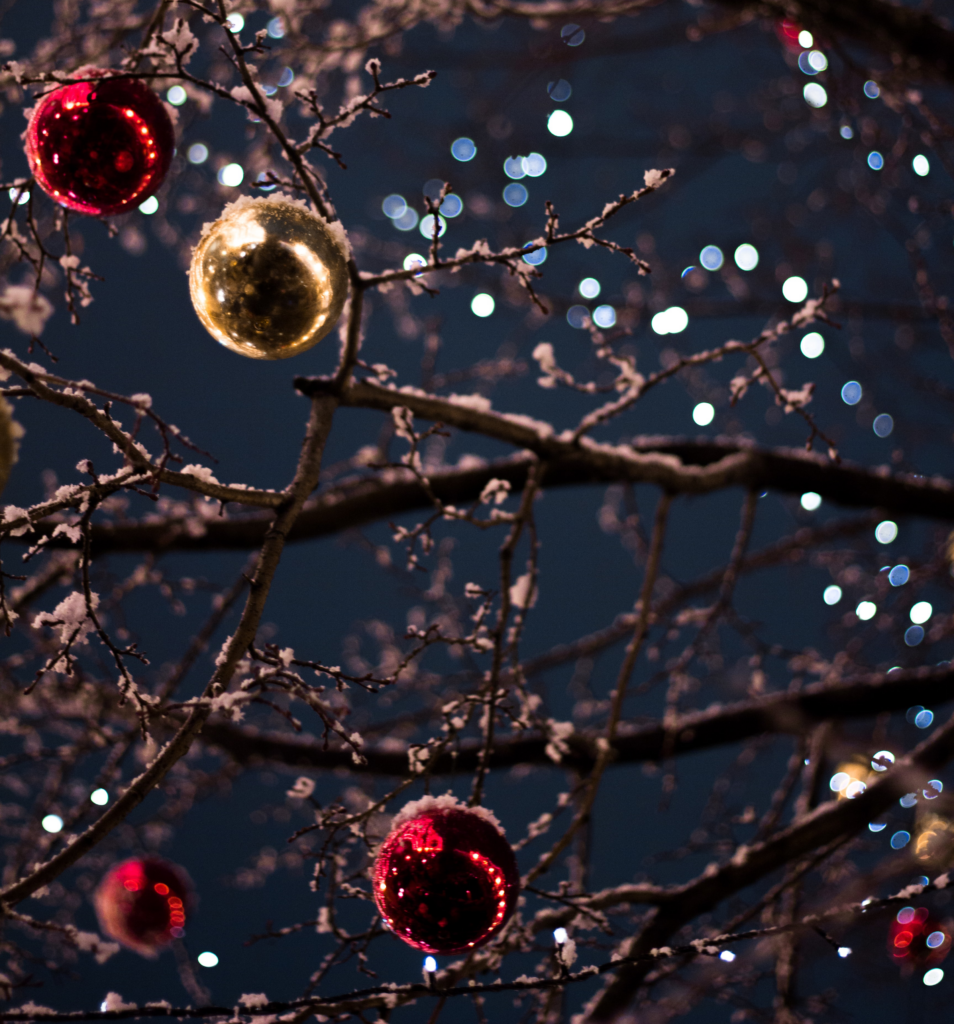
5. Seasonal outdoor decor
Put your Christmas lights, wreaths, pop-ups, and yard signs in labeled bins in your shed. Then you’ll know right where to go when the next season rolls around.
Tips for Organizing Your Shed
1. Adjustable shelving
You never know what you’ll want to store in your shed. Giving yourself the ability to move your shelves up and down depending on what you’re storing can be a tremendous asset. Getting things off the ground will protect against moisture.
2. Pegboards
Pegboards are the hanging equivalent of adjustable shelving. Pop hooks and shelves in and out when you add more stuff to your shed.
3. Hooks
Hooks come in all shapes and sizes. Screw them into your wall for smaller items. Heavy-duty hooks can hold bicycles, leafblowers, and chainsaws.
4. Rafters and trusses
Rafters and trusses form a level resting spot for lumber or other long-handled tools like apple pickers.
Do you have stuff to store but no shed? We’ll help you out. Check out our selection of in-stock sheds!
